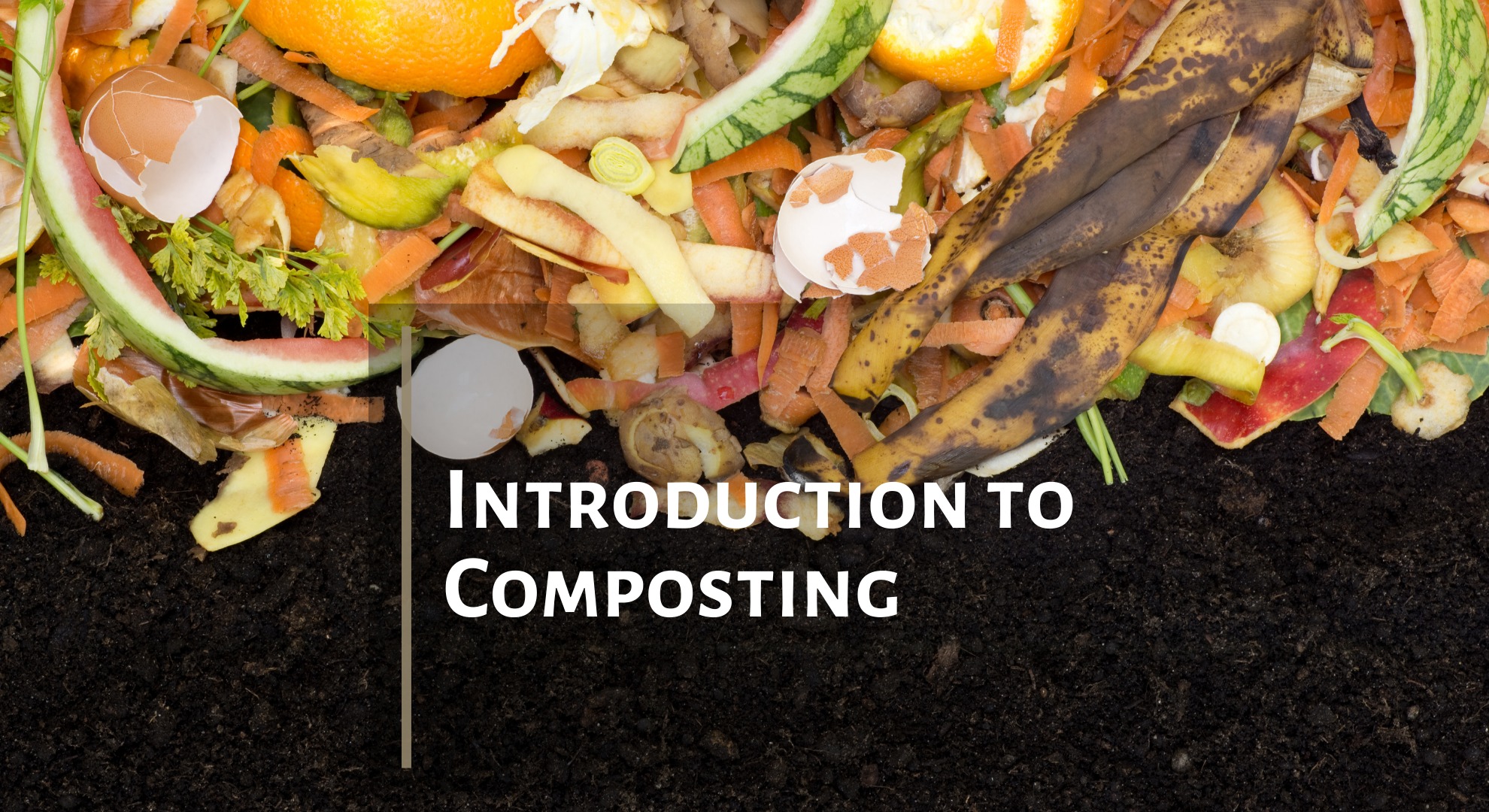Summer is right around the corner and it's time to prepare for the warmer months. As the weather transitions, it's time to make transitions of our own too. We need to get the garden ready for summer.
Now that we are starting to feel the heat of summer, you might notice that your lush spring blooms have begun to look a little droopy and many of your spring flowers might be nearing the end of their blooming period.
With all that said what should be going on in the garden now? Good growing weather is here so be sure to take full advantage of it.
Here are 3 steps to transition your garden from Spring to Summer.
Planning your summer garden

- Locate an area to plant the garden and test the soil. If it is sandy you may need to create a raised bed. Enriching the soil might be helpful as it can improve your plants' immune system.
- Determine the types of flowers or vegetables to plant and how much of each to plant in the garden. Some flowers can help a vegetable garden ward off insects
- Decide if you want to plant from seeds or should you use seedlings that have already sprouted
- Learn how far apart you need to plant each one so you can get a count of how much to buy.
Check out this site at Naturessed for a list of plants that grow best in summer. This blog can also be very helpful How to plan your Summer Garden
Get your tools ready

Be sure you're using clean tools, so you don't transfer disease to your new garden. Oiling your tools will also help prevent them from rusting. To prolong their life further, and to ensure your plants and flowers remain well looked after, keep tools clean and free of dirt after each use.
Pruning existing plants

Summer is when a lot of pruning will be needed because healthy plants have exploded with new growth. It's important to remove any old branches and leaves from your bushes. There may be dead parts that need to be removed to allow for new buds to blossom. Pruning and deadheading your plants will enable them to flower during the spring and summer.
Watch Summer Pruning tips at https://youtu.be/YrZZIWaJeZo.
Apply mulch

Mulch is a layer of material that is applied to soil to help reduce weeds and maintain moisture longer. Different types of plants may need different types of mulch. Click here for very helpful tips in determining what to use and why.
Start Composting

Good compost will improve your soil by helping to build its structure and retain water and nutrients, while also helping to protect it against droughts and disease.
You can make your compost at home – it's more straightforward than you may think! Either buy a compost bin or make one yourself using planks of wood.
Use your composting bin to discard organic waste, such as vegetable and fruit peelings, grass clippings, pruning's, coffee grounds, and eggshells.
Check out this article for more tips on How To Make Great Compost For A Great Garden – The 6 Simple Secrets!

You can also join a free webinar on composting happening July 2 https://fb.me/e/3nwsNZzBu.

While you're at it, don't forget to add color to your Garden. Summer is the perfect time to play with your landscape. You can include a combination of plants in your garden with different pops of color and texture.
A helpful quick video for composting reference https://youtu.be/nxTzuasQLFo.
Happy Gardening!
